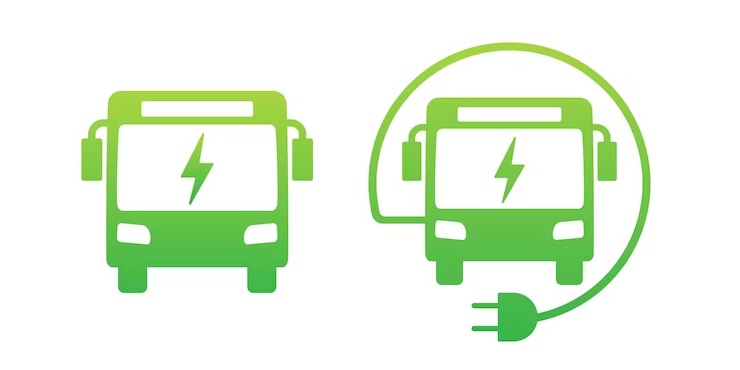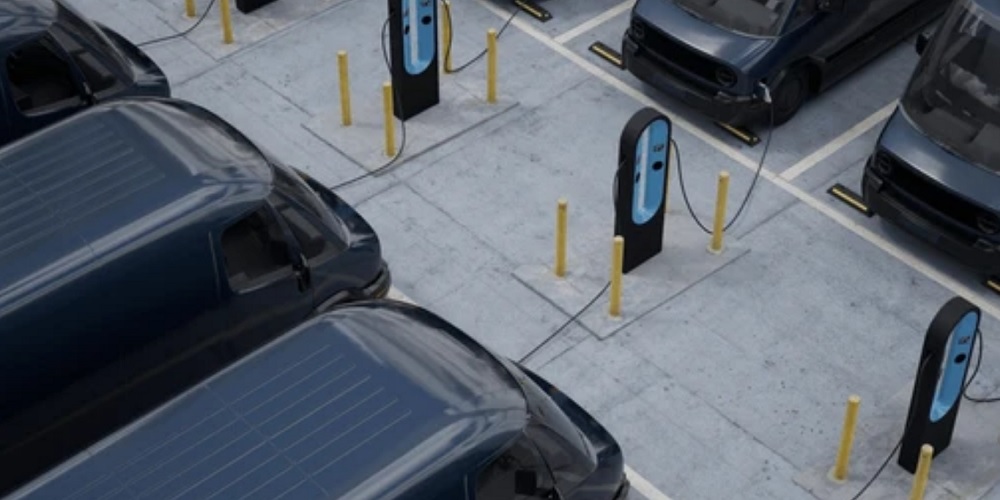Cost of electric vehicles: Preparing for an EV fleet in municipalities

State and local governments can save nearly $11 billion in lifetime expenses over ten years by purchasing electric vehicles (EVs) instead of internal combustion engine (ICE) vehicles for their light-duty fleets. The biggest savings come from a 68% reduction in fuel costs and a 37% reduction in maintenance costs with EVs compared to ICE vehicles.
Besides a lower total cost of ownership, transitioning to electrified fleets reduces greenhouse gas emissions to meet environmental goals.
Still, transitioning a government fleet from ICE vehicles to EVs takes careful planning and budgeting. While tight budgets and inflationary pricing have caused significant shortfalls, there is good news.
EV costs are coming down
The average price for an EV in August 2022 was $65,600. By August 2023, the average transaction price had fallen 18.7% to $53,300.
Major auto manufacturers have also been reducing EV costs. For example, Tesla prices are down 42%, Kia EV prices are down 32%, and Ford EV prices are down 32% since last year.
Starting in January 2024, buyers will be able to transfer federal tax credits to dealers when purchasing EVs, driving prices down even further. Even with these reductions, though, EV prices remain higher than comparable ICE vehicles, so municipalities will need to allocate funds for higher initial costs when transitioning their fleets.
Planning and budgeting for EVs
Transitioning your municipal fleet to EVs requires a strategic approach to planning and budgeting.
Needs assessments
Fleet managers must accurately assess transportation needs and align budget requests with duties. Rightsizing the fleet is crucial for cost management. Acquiring EVs that are overpowered or have more range than necessary just wastes money.
Budgets
After two years of record growth in revenue, many states are seeing a slowdown in revenue and negative growth projections for fiscal 2024. This presents budget concerns going forward that must be addressed to fund sustainable initiatives. With higher upfront costs, municipalities will have to balance mandates with procurement.
Phasing acquisitions
Acquiring EVs over several years spreads out upfront costs, helping defray the cost of EVs over time rather than all at once. Starting with a pilot program can refine plans and enable fleet operators to address concerns about range anxiety, charging, and maintenance.
Of course, even with the best intentions, fleet transition schedules will need to adhere to realistic budget timelines and funding mechanisms.
Charging infrastructure
Investing in EV charging stations is necessary to support fleet operations. Planning where and how many chargers are needed must align with budgets. Installation costs can vary widely based on existing electrical infrastructure, and ongoing costs like electricity and maintenance also need to be budgeted.
Training
As with any new technology, EV fleet transition requires training mechanics on maintenance and educating drivers on efficient charging and driving habits to maximize savings. Reskilling the workforce is an essential part of the transition.
There will also likely be additional expenses for tools and replacement parts that need to be on hand to maintain vehicles properly and efficiently.
Compliance and commitments
Many municipalities have enacted policies requiring the transition to EVs by 2025, in part with a full transition by 2030. It can take more than a year to properly plan and build EV charging stations, so that's not as far off as it appears.
Fleet plans must account for these compliance deadlines across federal, state, and local levels. The planning and procurement process needs to be adapted to meet these targets.
Infrastructure expansion
While fleet managers now are focused on developing the proper charging infrastructure, charging needs will grow as more EVs are put in service. So, while focusing on current needs, planners should already be considering expansion and how to scale budgeting over the next five to ten years. Building out two or three charging stations may fit your needs now, but what happens when you transition your entire fleet? Site planning needs to account for end goals, not just short-term fulfillment.
Sourcewell can help lower the cost of electric vehicles
Through careful planning and budgeting across these areas, fleet managers can develop fiscally responsible EV transition plans that meet deadlines and compliance regulations. Despite mandates to electrify fleets, the transition must still align with procurement team priorities like fiscal responsibility and timely compliance.
Sourcewell can help with competitively sourced, cooperative purchasing agreements to streamline the purchasing process. Opting into ready-to-use contracts can leverage the bulk-buying power of thousands of government entities nationwide to reduce the cost of EVs, telematics, maintenance, charging infrastructure, and other services to help transition your fleet.
See how easy it is to get the EV fleet you need without the hassle, using Sourcewell’s cooperative purchasing program. Streamline the public procurement process by choosing from hundreds of suppliers already on contract. Sourcewell’s procurement experts competitively solicit and award contracts on behalf of 50,000 participating agencies in North America. Check out our EV contracts and more for free here.


